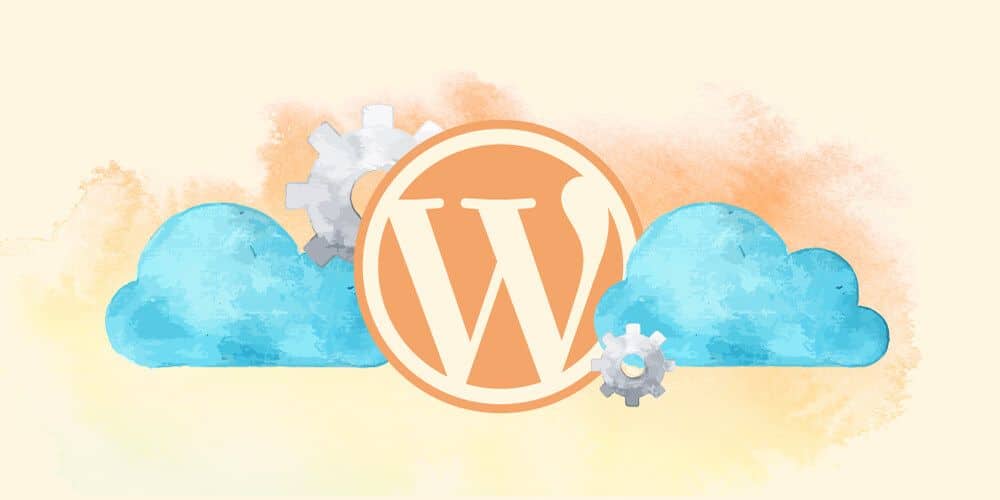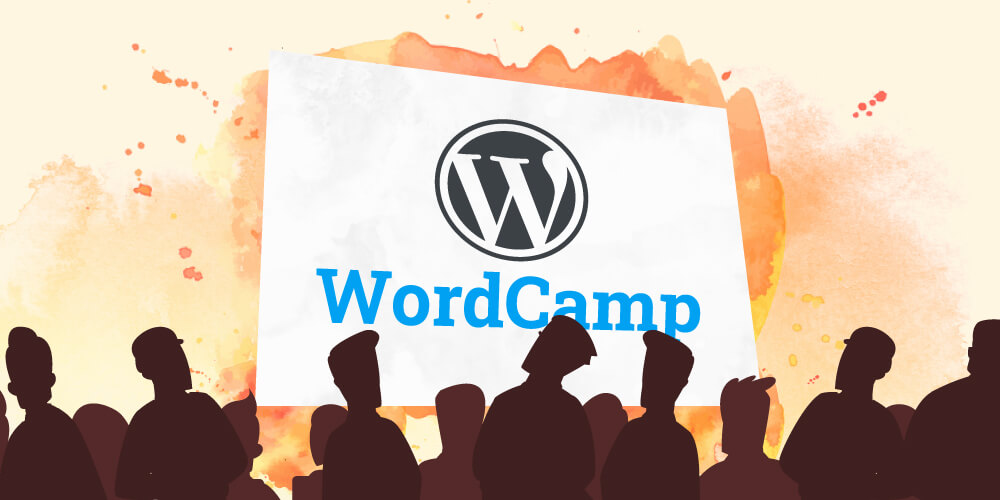Imagine yourself standing at the top of a precipice, looking down. If you are anyone other than Alex Honnold, fear will trigger your heart rate to increase, mouth to dry, airways to constrict, and pupils to dilate. Unbeknownst to you, your digestion will also ground to a halt, your liver will release glucose, and your kidneys will send a flood of adrenaline through your bloodstream.
Now imagine yourself in front of a computer–it’s the big day for the website you just built, and the site is down. Your client is freaking out, but you have no idea where to start. Your body will go into the exact same reactions as above, the only difference is that the danger comes through a computer screen rather than through a physical threat.
All of these reactions are part of your autonomic nervous system (ANS). This system controls all of our nervous responses, which in pre-sedentary times of human evolution helped keep us alive when chased by a bear or navigating steep canyons. Now that we are in large majority no longer hunter gatherers, our fight-or-flight reactions can be more of a nuisance than a help.
But there is something we can do about this dilemma, and that something comes from the only part of the autonomic nervous system over which we have conscious control: the breath.
Breath is life
Breath happens at all times, even when we are not aware of it. Breath can also be consciously controlled, and when breath is controlled in a certain way, it can affect other reactions within the ANS.
The science behind breath’s link to the nervous system is found in the difference between two parts of the ANS: the sympathetic and the parasympathetic nervous systems. The sympathetic nervous system activates when standing on that cliff and looking down. The parasympathetic nervous system activates when you are at ease, sitting on the beach watching the sunrise for example.
Overstimulation of the sympathetic nervous system can cause a cascade of adverse reactions in the body. It can lead to anxiety, insomnia, digestive disorders, and depression. In these modern lives with bills due and work deadlines approaching, any number of things can trigger a sympathetic nervous response. How can we counteract the effects of this in our bodies?
Activate that parasympathetic nervous system
Unfortunately, not all of us have access to that beach sunrise to help us activate our parasympathetic nervous system on a regular basis. Breathing, however, is something we can control at any moment. All it takes is a little bit of mindfulness.
When you get nervous, take a mental sweep of your body. Do you notice your palms sweating? Your heart rate rising? Your mind fogging? What do you do in these moments? Our instinct generally is to push ahead and finish what we are doing. This instinct seems contradictory since most of the time it is only harming us. But think about it evolutionarily–if we were being chased by a bear, it would not be beneficial to sit down and take a breathing break in the middle of it. But that website that’s down? Maybe a two minute break to get our breathing under control would help us.
Let’s say we do take that breathing break for two minutes–mindfully slowing and focusing on our breath. What happens during that time?
- Pupils will constrict
- Salivation returns to normal
- Heart rate slows
- Digestion restarts
- Blood flow increases
There are also studies that brain waves change in frequency during breathwork, from Beta in states of stress to Alpha in states of relaxation. Upon termination of the two minute break, my bet is that we are better off than when we started, and the site issue seems less like an insurmountable task than before.
Let’s breathe!
Working regular breathing exercises into your daily schedule can have amazing impacts on your stress response, blood pressure, digestion, and pretty much everything related to your nervous system. They are not only useful on their own but also situationally–for example I recently was on a very crowded plane sitting on the runway. When the pilot turned off the air conditioner, my claustrophobia went into effect, and I felt the sudden need to get off the plane: my heart-rate skyrocketed, my breathing became shallow, my stomach felt twisted. Thankfully, before I went to full-on panic attack, I remembered I could calm my nervous responses by closing my eyes and focusing on my breathing. This also works at the dentist. And before work meetings. And in arguments with your spouse. I could go on…
Below I will detail some avenues of exploring breathwork. Here is a short advisory that breathwork can be dangerous to some people, especially those with pre-existing cardiovascular conditions or during pregnancy. Please consult a qualified medical practitioner with any concerns before starting.
Yoga
I must have done yoga for 10 years before I really started focusing on my breath. Pranayama is known as the fourth limb of yoga. Many would say that breath is even more important than the postures (asanas) and contributes more to the calm, euphoric feeling after yoga class. With Hatha yoga, breath is synced with the asanas so that movement and breath go together. There are also powerful pranayama exercises that can be done while sitting and standing but do not incorporate asanas. Ending a yoga practice with my favorite pose, shavasana, is a great way focus on calm breathing as well.
Meditation
There are loads of meditation apps out there such as Calm and Headspace to get you started. Insight Timer is a great free option. Or you can just do it on your own, hands free as the good Buddha intended.
Deep Dive
You seriously can fall into a rabbit hole with this. There’s holotropic breathwork to achieve altered mental states, rebirthing breathwork to release childhood traumas, shamanic breathwork to get in touch with your inner healer, and most recently Wim Hof breathwork which I don’t know much about because I heard it involves ice and some extreme breath holding.
My mantra is that you don’t have to go to extremes to get the benefits of mindful breath in your life. It’s as simple as being conscious of your body and knowing when to rest and reset instead of power ahead. Next time that you feel like the hamster in the wheel with that coding problem, try focusing on your breath for a couple of minutes to get your parasympathetic nervous system back in play. Let’s breathe!


